Learn How to make curd in the USA(or in the cold climate) easily at home. Here, I'm discussing my simple and failproof method of making curd, with store-bought yogurt or dahi as the starter.
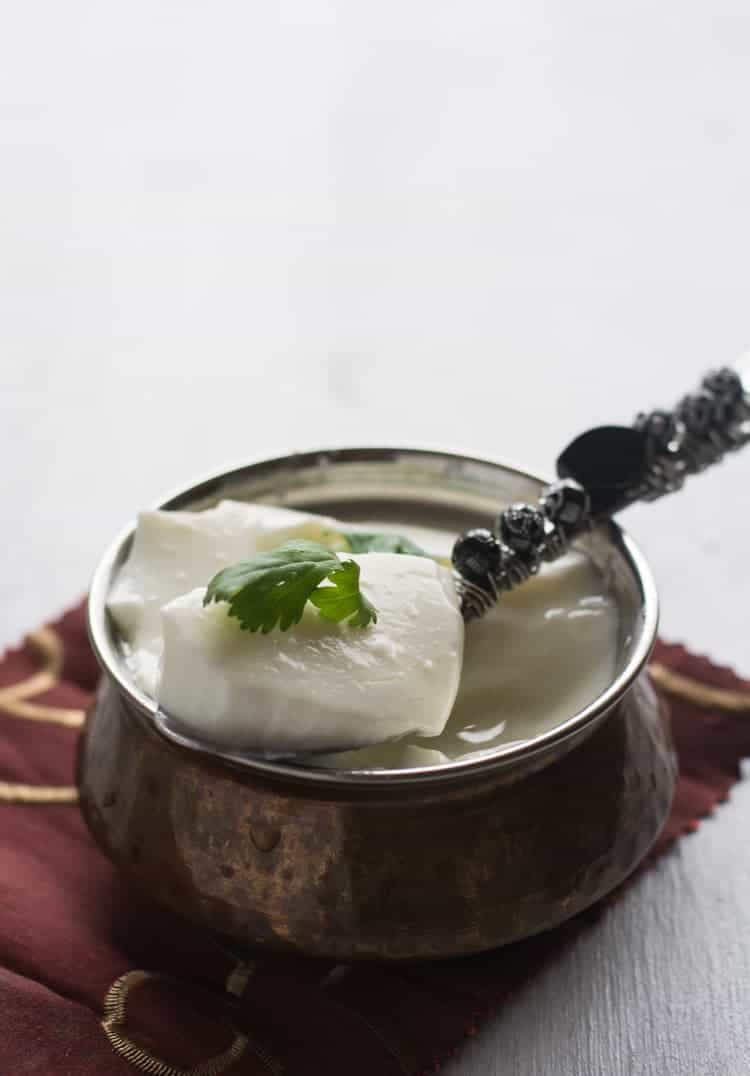
Homemade curd is always better when compared to store-bought commercial-grade yogurt. The store-bought curd becomes slimy after 3-4 days of use.
I depended on commercial-grade yogurt until I found this successful method of making Indian curd at home.
After trying various methods, I'm discussing my most successful and easy curd method here. Do you have a question about making curd at home in the USA? The information here would give you an idea of where you are.
You may tweak this method according to your room temperature and other factors. This method does not require any kitchen skills or any secret techniques.
Making good-quality curd at home depends on FOUR critical factors: the climate, the live culture, the quality of the milk, and the temperature.
You may consume this curd plainly or use it in recipes like Masala Raitha, Cucumber Raitha, or the simple continental breakfast recipe Yogurt Granola Parfait.
The Climate:
- We live on the Northeastern coast of the USA, where it is colder for most of the months.
- Generally, I set curd in the daytime, where I put my room temperature generally 70°F-72°F.
- In the summer months, I set curd at night time.
The Culture:
- The following essential requirement for making good yogurt is a good culture. We need an active culture to make curds at home for the first time. We can reserve a few tablespoon of curd from the earlier batch for the subsequent batches.
- For the first time, you can request a small quantity from your friends who are already making yogurt at home. Or, You Can Use store-bought yogurt with a label saying it has active cultures. Look for the backside and make sure it mentions that it contains Active Cultures.
- Here, also note that your end product is the replica of the culture that you use. The curd will also end up slimy if you use a slimy culture.
- Remember that they are live cultures requiring an excellent temperature to live.
The Quality of the Milk:
- You can use any variety of milk to make curd. It can be full-fat, vitamin D, fat-free, etc.
- The thicker the milk, the thicker the curd.
- I always use 1% milk to make curd. It's neither too thick nor too fatty, but it yields good, thick curd.
The temperature of the milk:
- The temperature of the milk is critical in making curd in colder countries. The milk has to be at a lukewarm temperature; it should neither be too hot nor cold. The temperature can be approximately between 110-115°F heat in a thermometer.
- Without the thermometer, use the tip of your finger to judge the temperature of the milk. If you do not feel it hot or cold, it is the right temperature for the active cultures to set. The temperature has to be slightly above your body temperature.
The container:
I use my airtight Pyrex glassware for making curd.
How to make curd in the USA(or in a cold climate)
- Bring milk to a boil. Remove it from the heat.
- Allow it to cool to a temperature between 110-115°F.
- Add 1 tablespoon of live culture to 1 cup of warm milk in an airtight container. Hint: If the active culture is too thick, dilute it with warm milk before adding it. You may also whisk gently until the dense culture dissolves and blends well with the milk.
- Cover and leave it on the kitchen counter for 6-8 hours.
- Perfect yogurt/curd is ready in your kitchen.
Notes: If the curd is not set within this timeframe, there might be a problem with the temperature of the milk or the quantity of the culture. Try to adjust these and repeat the same process for the next day.
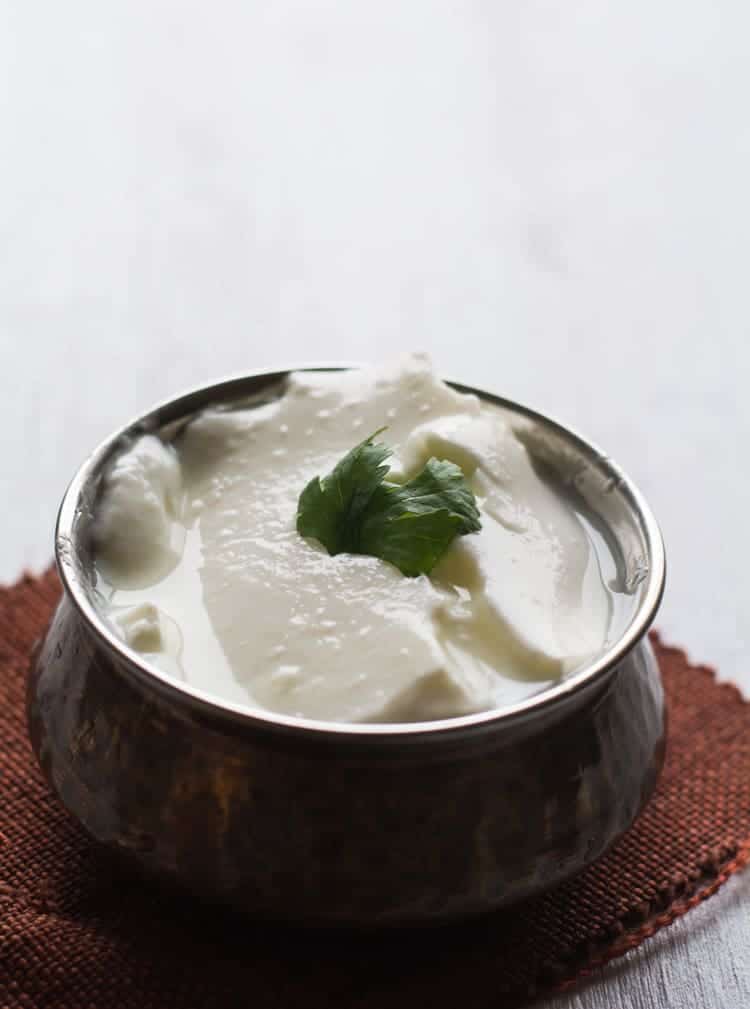
Other Side dish recipes you may like,
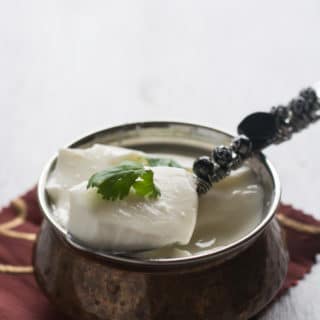
How to make curd in USA
Ingredients
- 1 cup milk
- 1 tablespoon yogurt culture
Instructions
- Bring milk to boil. Remove it from the heat.
- Allow it to cool to the temperature between 110-115°F.
- In an air tight container, add 1 tablespoon of live culture to 1cup of warm milk.
- Whisk gently for a minute until culture blends with the milk.
- To set, cover and leave it on the kitchen counter for 6-8 hours.
- Perfect yogurt/curd is ready in your kitchen.
Notes
Nutrition
Do not miss the latest recipes and its tips, Follow us on Facebook, Pinterest, Instagram


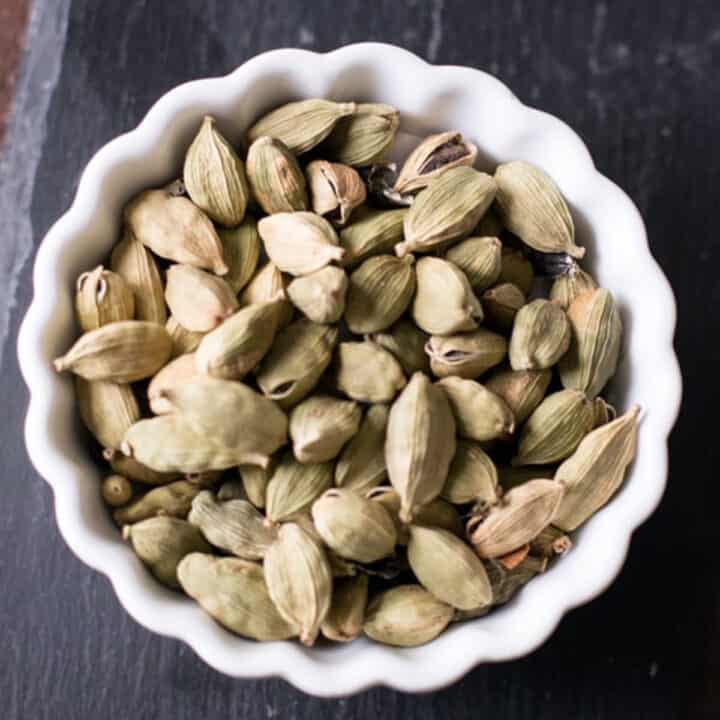
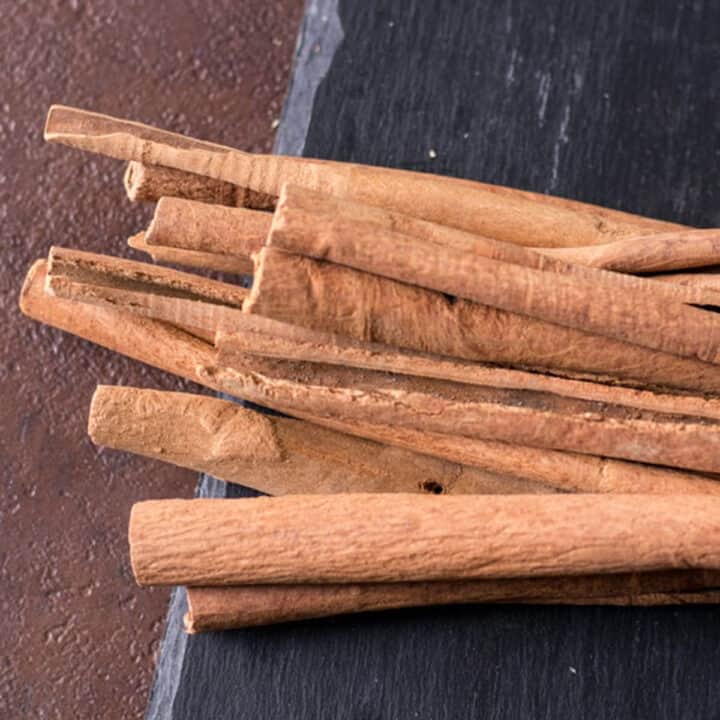
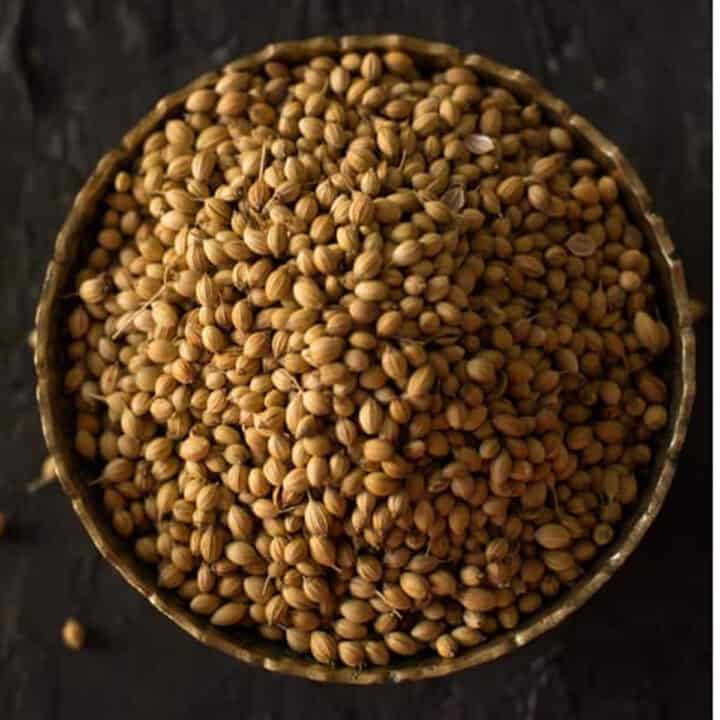
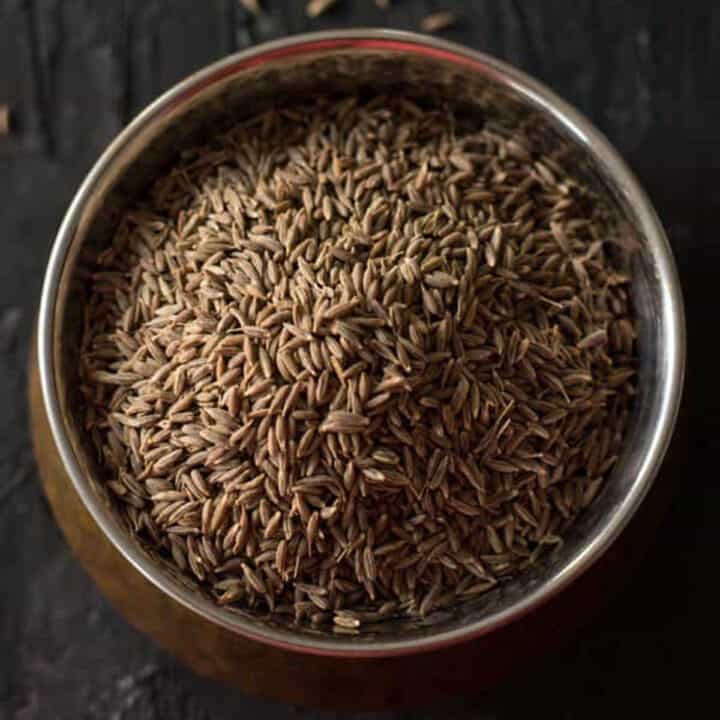
Sarika
The curd which I prepare turns thick but not sour .
If I leave it out it stays the same .it never tastes good for buttermilk.
Any suggestions
Sujatha Muralidhar
It is a broader question, please go through our post again and try making as per the procedure described in it. The perfect curd depends on the 1. right temperature of the milk, 2. the quantity and the quality of the culture, 3. the outside temperature. In the next time, try increasing the quantity of the culture. Or, if you have granite countertops, try placing the container over thick wooden chopping boards. Hope these tips help you.
Anonymous
I am too lazy to boil the milk. I make yogurt without boiling the milk! It is even easier and guaranteed. I bring the oven temperature to about 110 degrees Fahrenheit by using a light bulb. Then put the milk in the oven in the evening. It is ready by the morning. I make a lot at a time -- half a dozen "BALL" like glass jars at a time. They last for months.
Sujatha Muralidhar
I have never tried this way, your method sounds interesting and easier too. It would be helpful of the readers, if you could precise your method. Happy to hear from you, When to add the started and at what temperature? Thank you sharing yours!
Kerni
This post is a breath of fresh air. You've managed to explain complex concepts in a simple and understandable manner.
Sujatha Muralidhar
Thank you Kerni, happy to hear your feedback!